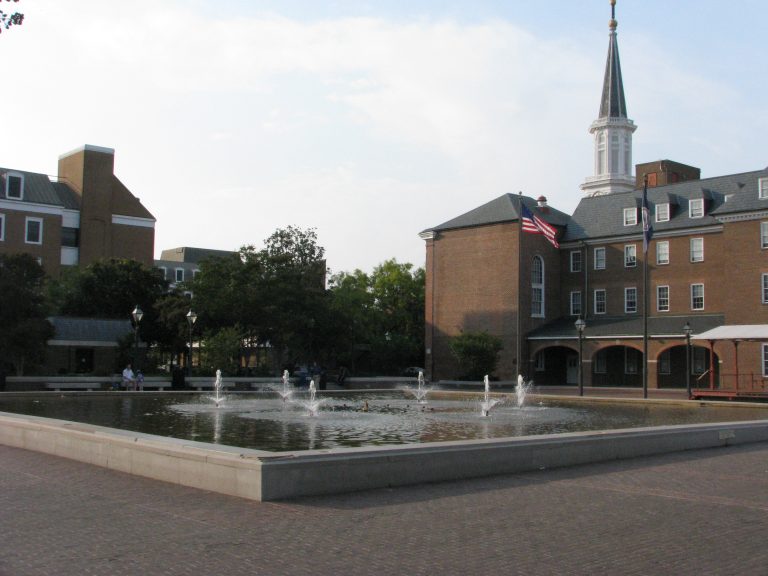
To the editor:
Grassroots Alexandria supports initiatives that increase civic participation for all Alexandrians. A good example is the Duke Street in Motion project, where Alexandria city staff effectively reached previously marginalized communities. Using both an online feedback form, the usual method, and in-person outreach, they showed that the direct method – several pop-up “tally-poll” events in the project area – reached a population that is representative of both the project area and Alexandria as a whole. City staff set a standard that should be followed in the future. Here are a few insights from staff’s October 2022 outreach for the DSIM project.
The DSIM project is expected to provide high capacity transit on Duke Street, an economically and racially diverse corridor, to achieve city sustainability and equity goals. City staff outreach included pop-up “tally-poll” events, where people could ask questions about the project, and answer the central question: “Is faster and more reliable bus service a priority, even if that means car trips on Duke Street take slightly longer?”
There were 410 tally-poll responses, with 79% of responses in English and the remainder in Spanish and Amharic. According to the census, 70% of Alexandrians speak English only, which suggests that tally-poll data is roughly representative of Alexandria as a whole. Tally-poll responses were 69% in favor of faster and more reliable bus service.
Conversely, internet form responses were 99% in English. While this result is much less representative of Alexandria as a whole, support for faster bus service was evident for some groups. Renters, for example, comprise 58% of households in the Duke Street corridor, but only 16% of internet form responses. People who rent supported faster and more reliable bus service at the 60% mark, even if it meant slightly longer car travel times.
Reaching marginalized communities during public planning is not a new problem. In addition to language, barriers to participation include unequal resources, such as free time, access to technology and differences in civic literacy.
By employing two engagement approaches, including comparing demographics of respondents to census-data demographics for Alexandria as a whole, staff demonstrated tools for more inclusive outreach. We hope that city staff agree and that future outreach efforts will build on this success.
-Jim Durham and Jonathan Krall, Grassroots Alexandria









